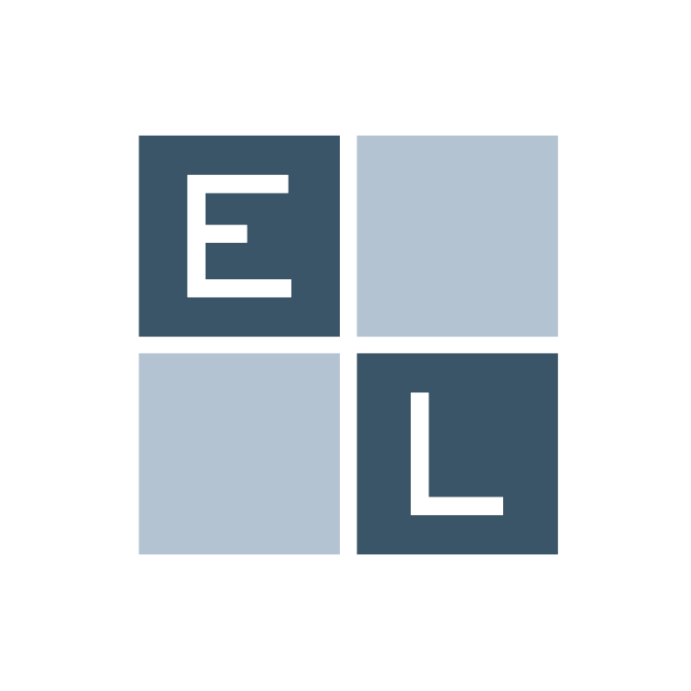
Did you know there are new mortgage laws to protect your home against foreclosure? For example, suppose you are under financial strain because of the coronavirus pandemic.
In that case, you will be pleased to know the consumer financial protection bureau has extended its procedural safeguards before initiating foreclosure for federally backed mortgages.
In light of that, we are providing a quick overview of what this means for your home.
Forbearance for Federally Backed Loans
If your home has a federally backed mortgage, you will be eligible for forbearance. Forbearance permits you to temporarily lower or postpone your monthly mortgage payment.
The amount of time granted for forbearance depends on your financial backer. Typically, you will receive 3-6 months, then you must apply for extensions.
HUD/FHA, VA, USDA loans: You can request up to two 3-month extensions, with a maximum of 18 months total forbearance. Provided your initial forbearance became active before February 28, 2021.
Fannie Mae and Freddie Mac loans: You can request up to two 3-month extensions, with a maximum of 18 months total forbearance. Provided your initial forbearance became active before June 30, 2020.
While there are no deadlines for requesting an initial forbearance, it’s important to note: not all borrowers qualify for the maximum amount of extension time. Also, mortgage payments must be made up later.
Requirements
To be eligible for federally backed forbearance, you must have experienced financial hardship related to Covid-19 and a loan on a single-family home that is federally approved.
California Homeowner Protection
If you are a Californian resident and you have fallen behind on your mortgage payments due to Covid-19, you can access state-approved grants to help you get back on your feet.
Benefits
Homeowners with incomes at or below 100% of the area income can apply for a grant up to $80,000 per household.
- It’s free to apply.
- Funds do not have to be repaid.
- Easy to apply through the online portal.
Completed applications may take several weeks from the date of submission until a qualified applicant receives approved funding.
Requirements
Household income is calculated based on the number of adult members in your household (18 years or over).
The income is then average based on how many members there are and the median income of your given area to determine your eligibility.
You must also meet the following eligibility criteria:
- You must have 2 mortgage payments past due by December 27, 2021.
- You must currently occupy your property as your primary residence.
- You only own and occupy one property.
- Must demonstrate that you have experienced financial hardship after January 21, 2020. You will be asked to describe the nature of the hardship to ensure it qualifies. The hardship must be related to Covid-19. You will need to show either:
- Reduction of income
- Or increase in living expenses.
- At the time of origination, the unpaid principal balance of the homeowner’s primary mortgage loan can’t be more than the “conforming loan limit” (as per the Housing and Economic Recovery Act of 2008). The conforming loan limit will depend on your county.
Lastly, you cannot have cash or assets on hand (excluding savings in a retirement account) that are equal to or greater than the relief funds needed over $20,000.
Need Help Getting Your Head Around Mortgage Laws?
We hope that reading this blog, you have a better idea of the homeowner protections associated with federally backed mortgage laws.
However, for more information on the subject, please contact us today for expert legal consultation on real estate and foreclosure.


